Product
Grayson Scadden PulseOx
-
Tauira / Student
Grayson Scadden -
Kaiako / Lecturers
Rodney Adank, Jason Mitchell
-
School
Toi Rauwhārangi College of Creative Arts, Massey University
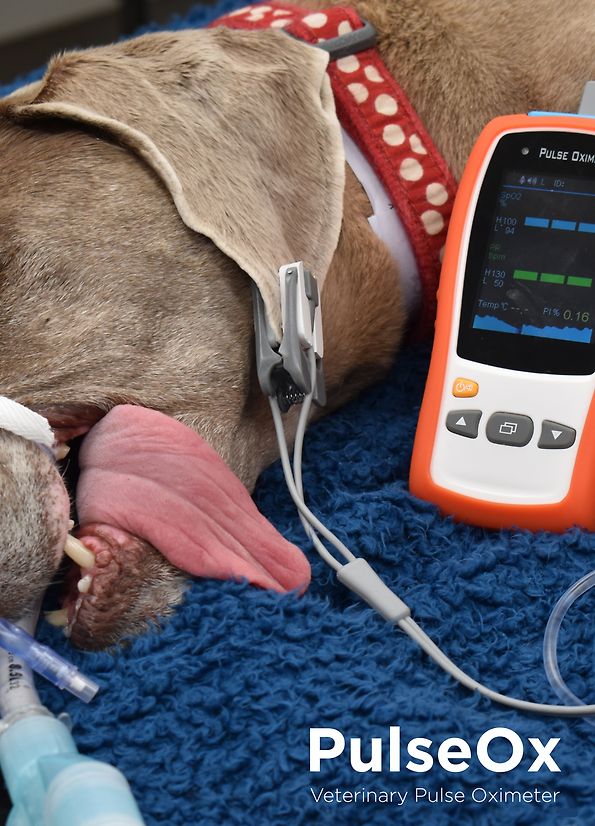
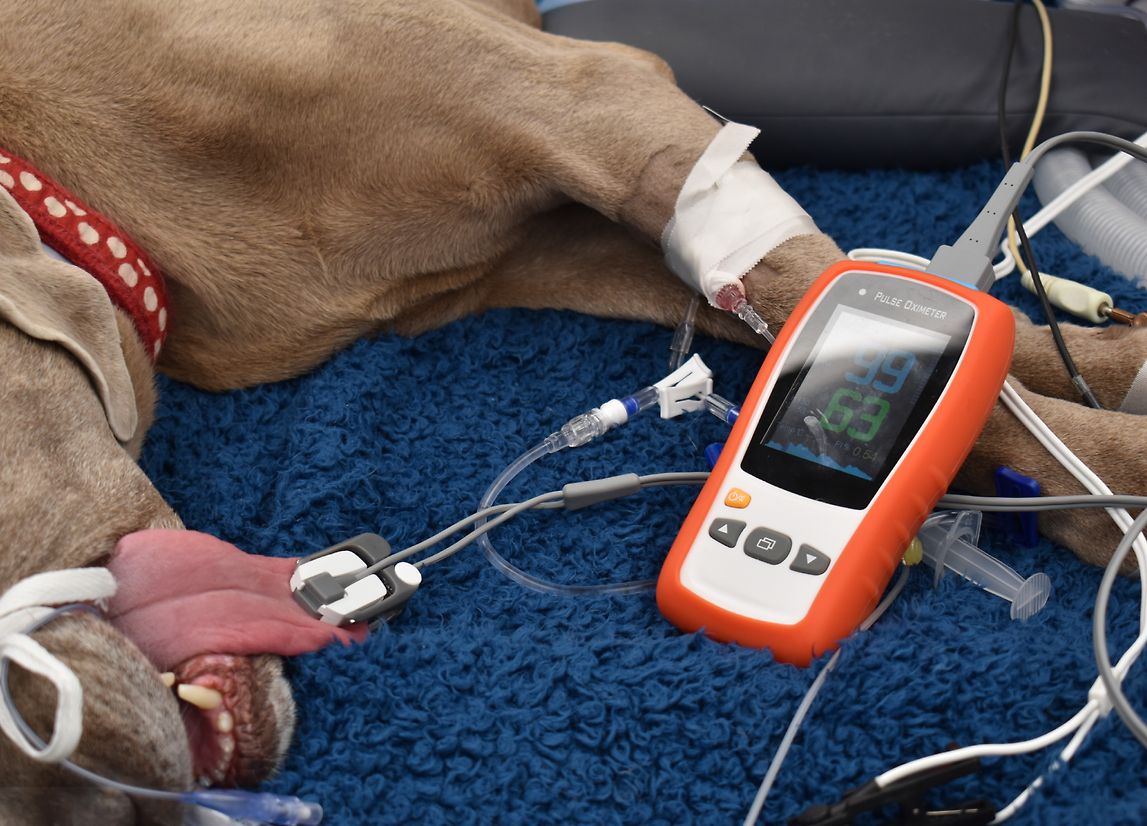
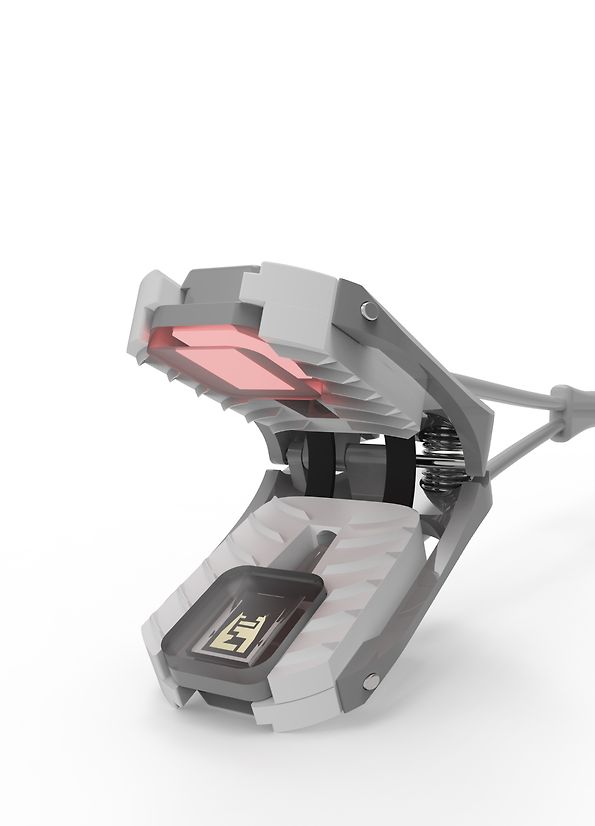
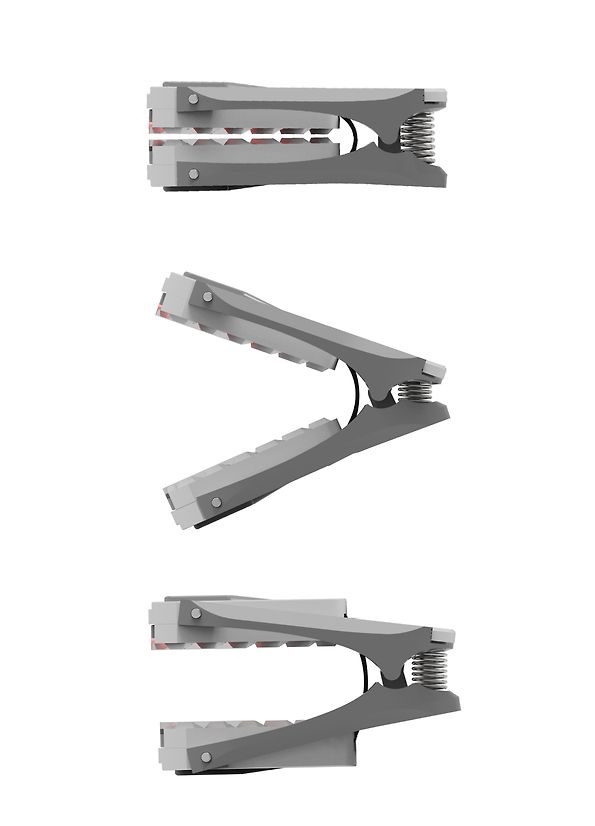
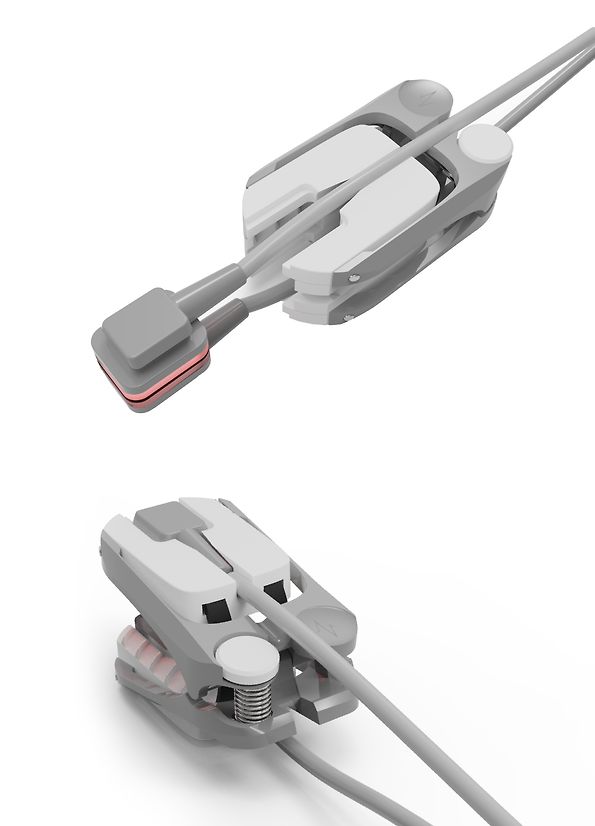
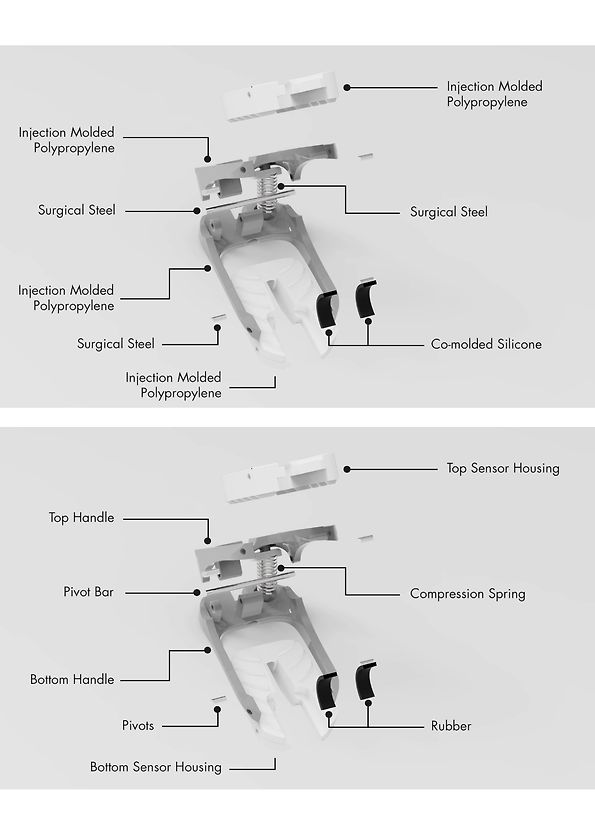
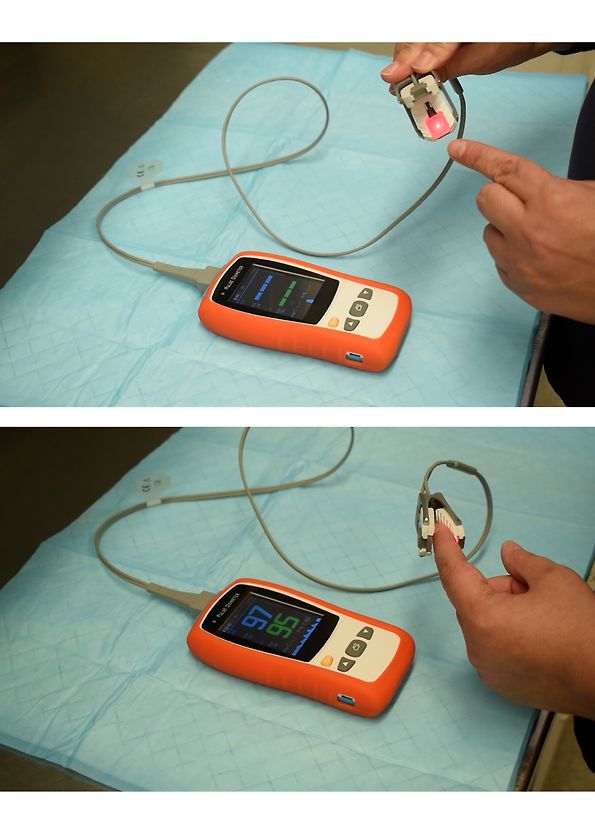
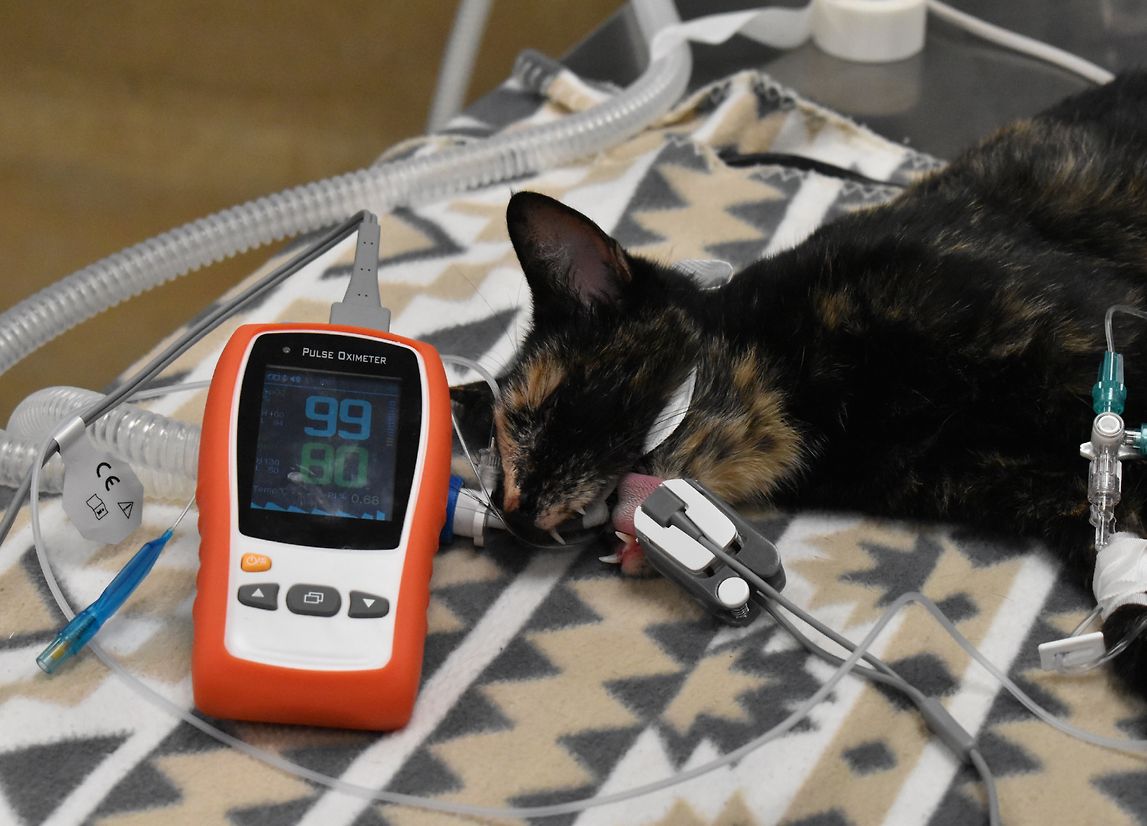

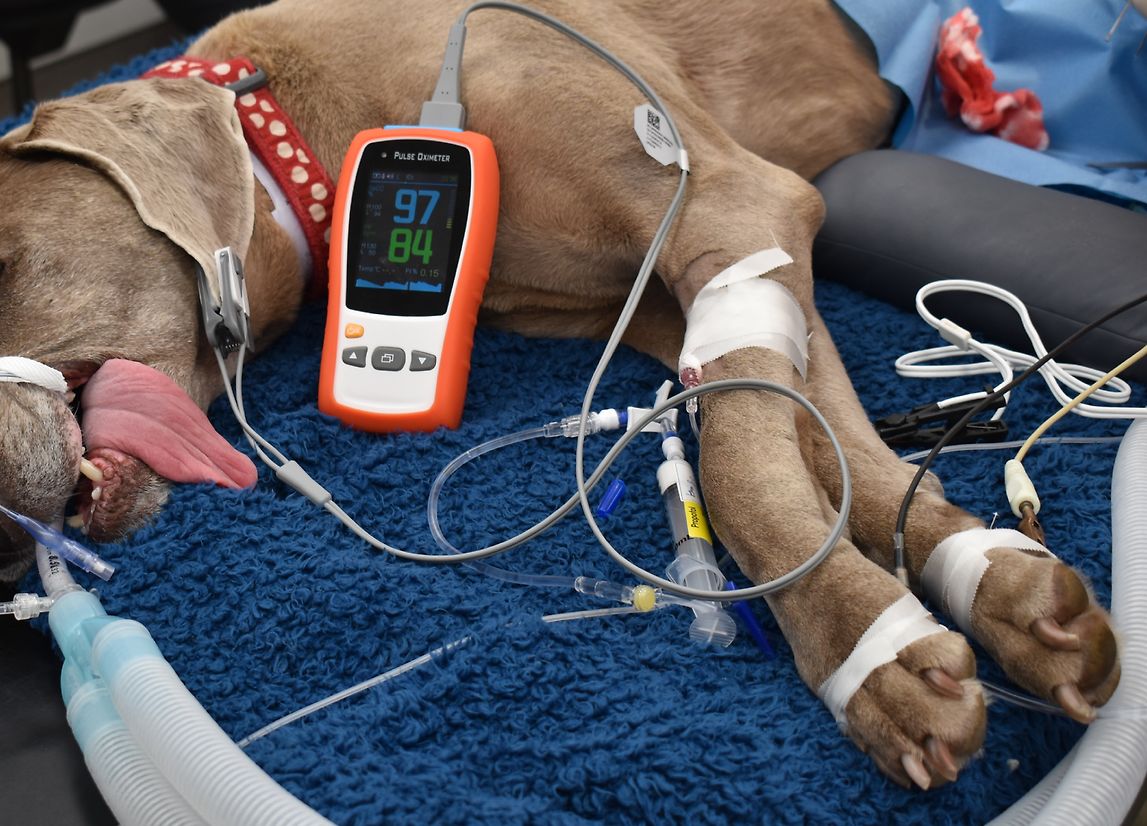
Description:
PulseOx, is a veterinary pulse oximeter designed for attachment to tongue, cheek, ear, or paw pad, that accommodates variations in size, shape, saliva, and texture. Often, during anaesthesia, the pulse oximeter clips that monitor an animal’s SpO2 (blood oxygen saturation) levels fail. This results in the clip needing to be reattached to the patient or swapped entirely, a process which disrupts surgical procedure, and endangers the patient.
Pulse oximeters, warn clinicians if the patient may be moving towards hypoxemia, a condition characterized by abnormally low levels of oxygen in the blood, specifically within the arterial blood. It's a sign of a problem with breathing or blood flow. Pulse oximeters are incredibly important, as untreated hypoxia can lead to organ damage and, eventually, death.
Through collaboration with veterinary experts in New Zealand, it was identified that existing designs often fail to accommodate variations in patient size, shape, and the texture of the application site. Approximately half of the pulse oximeters used in veterinary clinics were designed for human use. These issues with current veterinary pulse oximeter equipment negatively impact a clinic’s efficiency while also unnecessarily placing animal health at risk.
The sensors often detach unintentionally from their housings, and veterinary clinics tend to prioritise low-cost options. Insights were broken down into specific problems and from these specific design solutions were developed. An analysis of existing products and their affordances indicated their primary issues are due to the clips applying pressure at an angle, having minimal contact surface area, and the patient’s saliva reducing friction. Additionally, the clip’s contact pressure constricts blood flow, there are incorrect tolerances in the interacting components, and the sensors can enter the housings in an unsuitable direction.
PulseOx investigated a wide range of functional physical prototypes, that focused on different mechanisms, attachment systems, contact pressure, materials, and sizes. By developing and testing these prototypes with veterinary practitioners, each of the identified problems the prototypes addressed, could be understood and contribute to the final design specification.
PulseOx delivers low pressure secure attachment, allowing blood to flow freely and minimising the frequency of pulse oximeter failures and detachment for veterinary application. This was achieved through careful detailing of the top and bottom sensor housings to improve grip across a range of textures and saliva levels. In addition, front pivoting these sensor housings, allowed these elements to float, improving surface contact, and importantly reducing clamping pressure and simultaneously improving monitoring response.
The final prototype assessed in a veterinary clinical trial, concluded PulseOx offered a positive advance in SpO2 monitoring, improving attachment and sensor response.
Judge's comments:
PulseOx is a thoughtfully resolved solution that places animal comfort and safety at its core, delivering secure, low-pressure monitoring that enhances animal welfare and builds veterinary confidence through user-driven innovation.